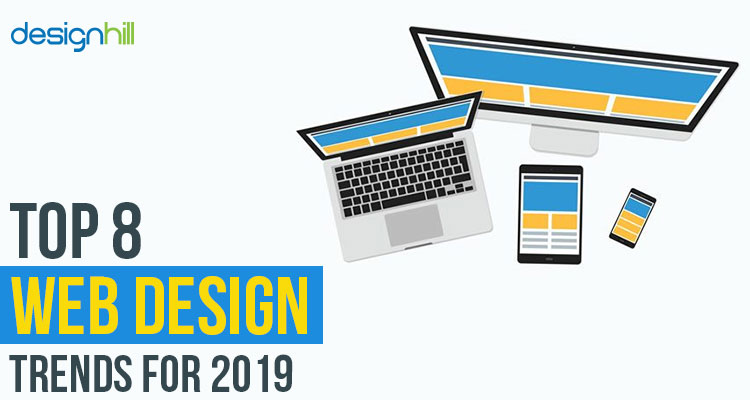Web Designs: Enhancing User Experience For Better Conversions
Web Designs: Enhancing User Experience For Better Conversions
Blog Article
Author-Conway Dickey
Have you ever went to a website that took forever to lots, had a complex navigation system, or really did not display appropriately on your mobile device? Opportunities are, you rapidly deserted that site and went on to one that gave a far better user experience.
In best search engine optimisation company , it's essential for organizations to prioritize website design that improves customer experience in order to drive far better conversions. In this conversation, we will explore the importance of receptive design, the utilization of intuitive navigation, and the optimization of page load rate to produce a smooth and engaging individual journey.
Keep tuned to find how these components can dramatically impact your website's success.
Significance of Responsive Design
Receptive design is important in today's electronic landscape for developing internet sites that adapt flawlessly to different screen dimensions and devices. When your site is receptive, it instantly adjusts its design and content to fit any tool, whether it's a smart device, tablet, or desktop computer. This is important because a growing number of people are accessing the net with their smart phones.
If your website isn't responsive, it can cause an inadequate individual experience. requirements for ada compliant website might have to pinch and zoom to review material, buttons may be also little to click, and images may not be enhanced for smaller screens. visit the following webpage can irritate customers and cause high bounce rates and reduced conversions.
Making Use Of Instinctive Navigation
When developing a receptive web site, it is very important to concentrate on making use of instinctive navigating for an improved individual experience.
Instinctive navigation refers to arranging your website's food selection and navigating elements in a sensible and straightforward means. By doing so, you make it much easier for visitors to discover what they're seeking and browse through your site easily.
Instinctive navigating helps reduce complication and aggravation, ultimately leading to better customer interaction and increased conversions.
To attain instinctive navigating, consider using clear and detailed labels for your food selection items, carrying out a regular format throughout all pages, and including search performance for fast access to particular material. Furthermore, it's crucial to prioritize vital pages and info, ensuring they're prominently displayed and quickly obtainable.
Optimizing Page Lots Rate
To improve user experience, it's crucial to maximize the page tons rate of your site. Slow-moving packing times can irritate customers and lead to higher bounce prices.
Fortunately, there are a number of methods you can carry out to improve your site's load speed. Firstly, consider decreasing the size of your photos by pressing them without endangering top quality.
In addition, maximize your code by decreasing unnecessary manuscripts and CSS data. One more efficient strategy is to take advantage of internet browser caching, which enables particular aspects of your internet site to be kept locally, reducing load times for returning visitors.
Furthermore, think about utilizing a content delivery network (CDN) to disperse your web site's data throughout several web servers, improving lots speed for users in different geographical locations.
Conclusion
To conclude, by using responsive layout, intuitive navigating, and enhancing page lots rate, website design can substantially improve user experience and drive much better conversions.
With an user-friendly interface, very easy navigation, and fast filling times, web sites can catch and preserve the focus of customers, bring about boosted involvement and higher conversion rates.
So, don't delay in carrying out these website design approaches to ensure a smooth and successful user experience!
